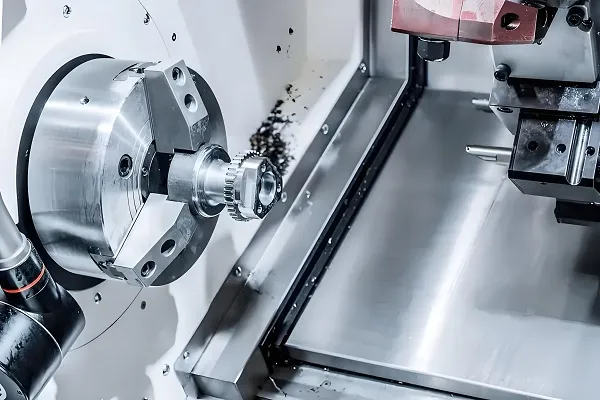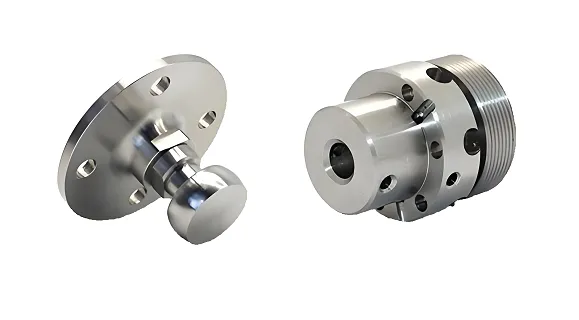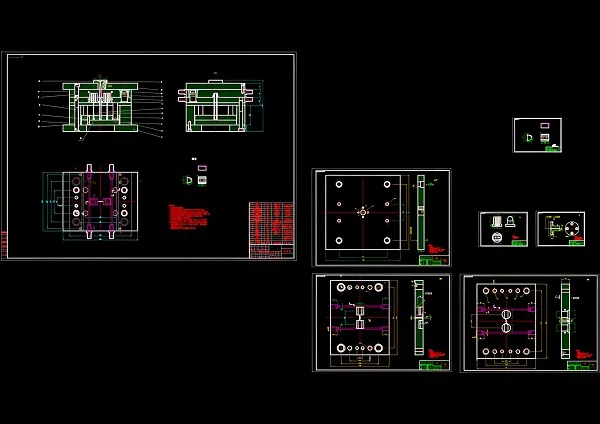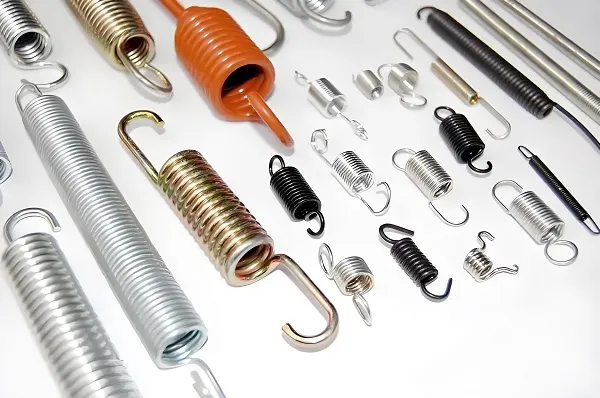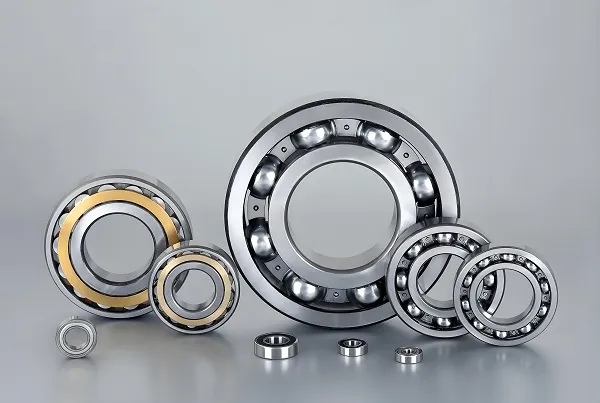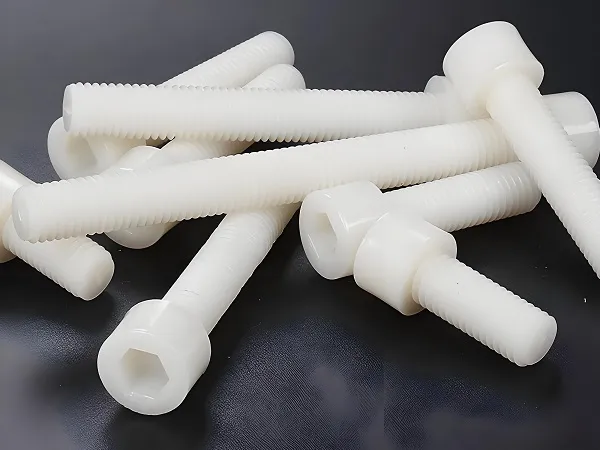Pneumatic poppet valve injection mold is the key equipment used to produce pneumatic poppet valve, its design accuracy and manufacturing quality directly affect the performance and life of the final product.CNC screw parts as an important part of the mold, with high precision, high hardness and good wear resistance, to ensure the stability and durability of the mold.
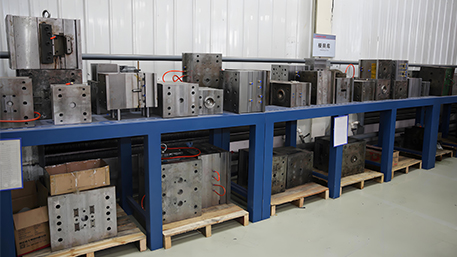
1.Pneumatic poppet valve injection mold production process
Demand analysis: to understand the customer to provide the pneumatic lift valve product specifications, functional requirements and use of the environment, to determine the type of mold, material and production batch size and other requirements.
Mold design: Use computer-aided design (CAD) software to carry out three-dimensional modeling of the mold, design the various components of the mold, including runner system, cooling system, exhaust system, etc..
Material Procurement: Procurement of standard mold steel (e.g., P20, H13, etc.) or other materials (e.g., aluminum) according to the design requirements and acceptance.
Rough machining: Use lathe, milling machine and other equipment to carry out preliminary processing of the mold block to form a rough shape.
Finishing: Use CNC machine tools for precision machining to ensure the size and surface quality of the mold.
Heat treatment: Heat treatment (e.g. quenching, tempering) is carried out on the molds as required to improve the hardness and wear resistance of the molds.
Assembly and debugging: assemble the various parts of the mold, and carry out mold trial and debugging to check its performance and stability.
Dimension testing and function testing: Use precision measuring tools to test the dimensions and tolerances of the molds, and conduct actual injection testing to check the production performance of the molds and the quality of the finished products.
Delivery: Deliver the tested molds to customers with instructions and maintenance suggestions.
2.Pneumatic poppet valve injection mold processing steps
Drawing design: draw detailed drawings of the mold according to customer needs and product design requirements.
Material Preparation: Prepare the mold material according to the drawing requirements, and conduct quality inspection.
Rough machining: Remove excess material by milling, turning, etc. to form the general outline of the mold.
Semi-finish machining: further refinement of the mold to correct the shape and size and improve the surface quality.
Finishing: Precision machining using high-precision machine tools to ensure the dimensional accuracy and surface finish of the mold.
Heat treatment: Carry out quenching, tempering and other heat treatment processes to improve the hardness and wear resistance of the mold.
Assembly: assemble the various parts of the mold to ensure that the fit and function is normal.
Mold trial and debugging: conduct mold trial and debugging to check the performance and stability of the mold, and make necessary corrections and adjustments according to the test results.
3.Customized pneumatic poppet valve injection mold service
Demand analysis: Communicate deeply with customers to understand specific demands and expectations, and provide personalized mold design solutions.
Design optimization: optimize and improve the mold design according to customer needs and product design requirements.
Material Selection: According to the use environment and requirements of the mold, select the appropriate mold material.
Processing and manufacturing: Adopt advanced processing technology and equipment to ensure the processing precision and surface quality of the mold.
Quality Inspection: Conduct comprehensive quality inspection of the mold to ensure compliance with the design requirements and use performance.
After-sales service: Provide instructions and maintenance suggestions for the molds, and carry out regular inspection and maintenance of the molds to prolong the service life of the molds.
4.Making pneumatic poppet valve injection mold material
Material: P20 mold steel (example)
Characteristics:
High strength: high yield strength and tensile strength, able to withstand greater pressure and impact.
High hardness: after heat treatment, the hardness is significantly increased, with good wear resistance.
Good toughness: good toughness and impact toughness, not easy to brittle fracture.
Good machinability: easy for cutting, grinding and other machining operations, high processing efficiency.
Good corrosion resistance: good corrosion resistance to a variety of media, suitable for a variety of environments.
5.Pneumatic poppet valve injection mold processable materials
Material: ABS plastic, nylon (PA66), etc.
Characteristics:
Good fluidity: the molten plastic is easy to flow, can fill the mold cavity evenly, to obtain good molding results.
High strength: high strength and toughness, can meet the use of pneumatic poppet valve requirements.
Good abrasion resistance: after injection molding, the surface of the part has good abrasion resistance, prolonging the service life.
Corrosion resistance: good corrosion resistance to a variety of chemical substances, suitable for a variety of use environment.
Easy processing: easy to carry out injection molding operations, high production efficiency.
6.Pneumatic poppet valve injection mold processing technology
Mold design: According to the product requirements, design a reasonable mold structure, including cavities, runners, cooling systems, etc.
Material Preparation: Select mold materials and injection materials that meet the requirements, and conduct quality inspection.
Rough machining: Rough machining of the mold material to form the general outline of the mold.
Semi-finish machining: further refinement of the mold to correct the shape and size.
Finishing: Precision machining using high-precision machine tools to ensure the dimensional accuracy and surface finish of the mold.
Heat treatment: Heat treatment processes such as quenching and tempering are carried out to improve the hardness and wear resistance of the mold.
Injection molding: the injection material is heated and melted and injected into the mold cavity, and the molded parts are obtained after cooling.
Quality inspection: comprehensive quality inspection of molded parts to ensure compliance with design requirements and performance.
7.Pneumatic poppet valve injection mold production equipment
CNC machine tools: used for mold finishing and processing of complex shapes, to ensure the dimensional accuracy and surface quality of the mold.
Lathe and milling machine: used for roughing and semi-finishing of the mold, removing excess material and forming the general outline of the mold.
Heat treatment equipment: Used for heat treatment process of molds, such as quenching, tempering, etc., to improve the hardness and wear resistance of molds.
Injection Molding Machine: Used for injection molding operations, where molten plastic is injected into the mold cavity and cooled to obtain molded parts.
Quality testing equipment: such as coordinate measuring machine, hardness tester, etc., used for comprehensive quality testing of molds and molded parts.
Customized Pneumatic Poppet Valve Injection Mold Service FAQ
Q1: What customized services do you provide?
A1:We provide the whole process of customized service from mold design, material selection, processing and manufacturing to quality inspection, and provide personalized mold solutions according to customer needs.
Q2:How to ensure the machining precision of the mold?
A2: We adopt advanced processing technology and equipment, such as CNC machine tools, to ensure the processing precision and surface quality of the molds. Meanwhile, strict quality inspection and control are carried out to ensure that the molds meet the design requirements and use performance.
Q3:How is the service life of the mold?
A3: The service life of the mold depends on many factors, such as material selection, processing quality, and use environment. We use high quality mold materials and advanced processing technology to ensure that the molds have a high service life. Meanwhile, we provide regular mold inspection and maintenance services to extend the service life of the molds.

